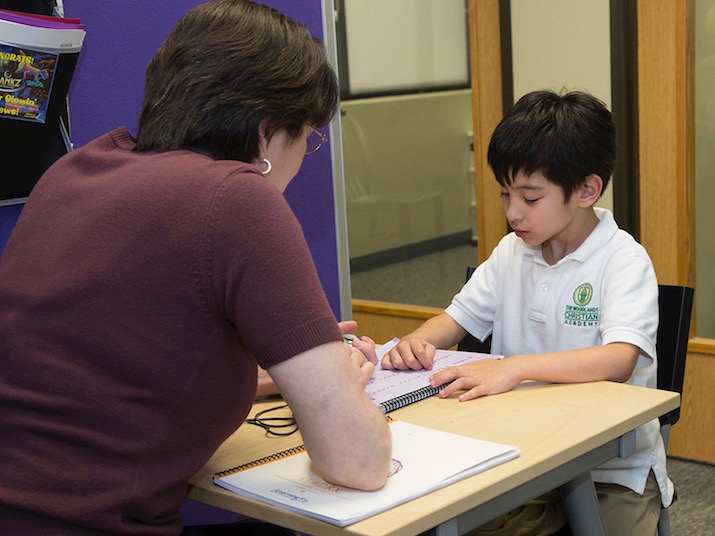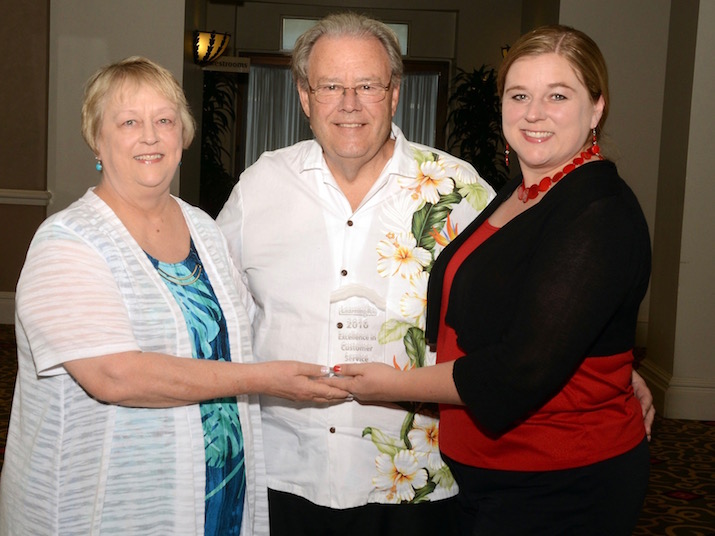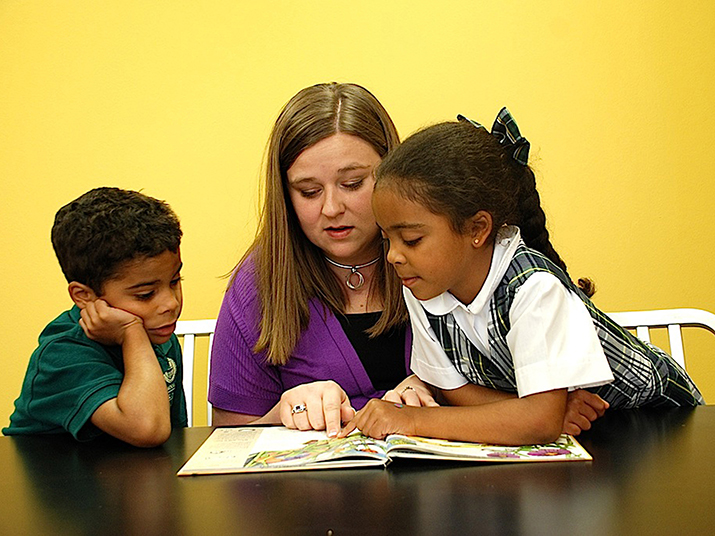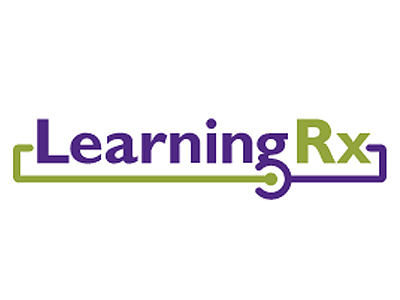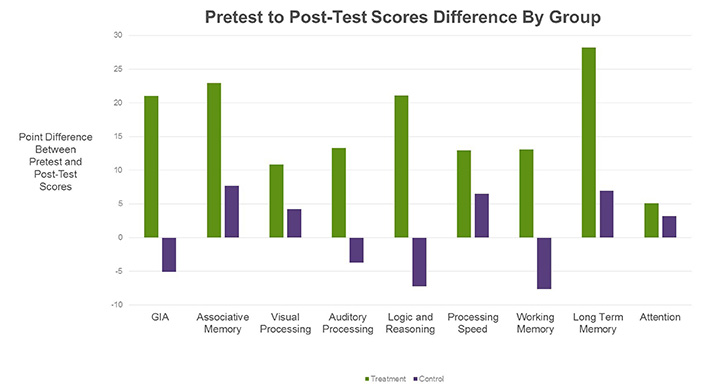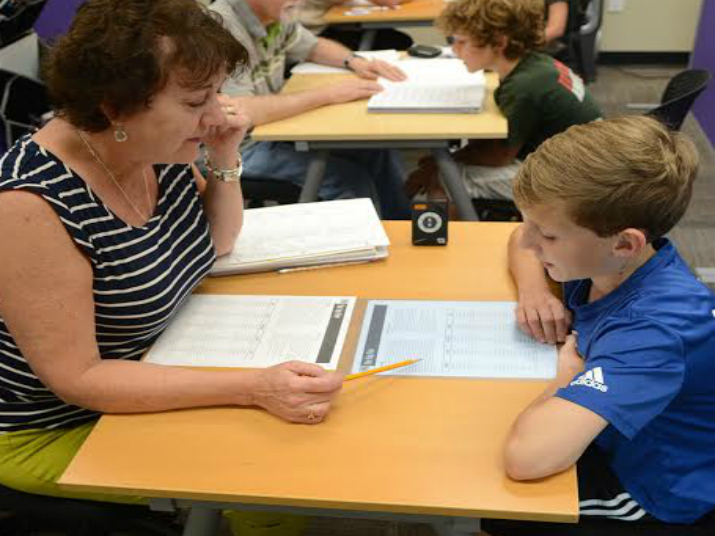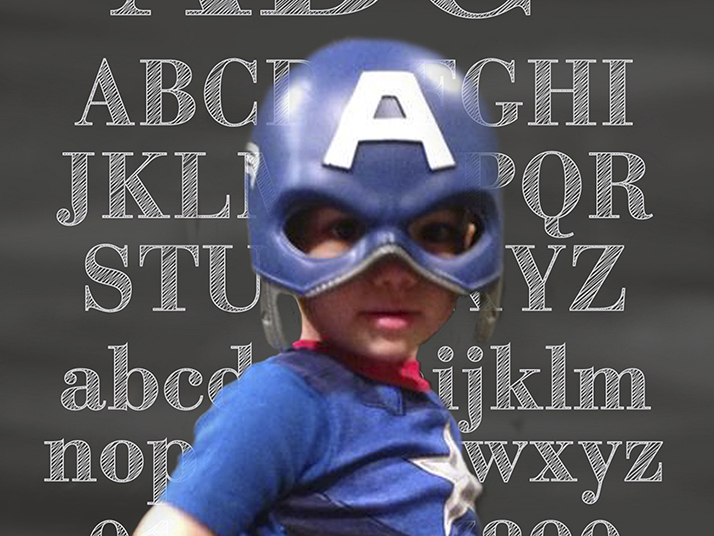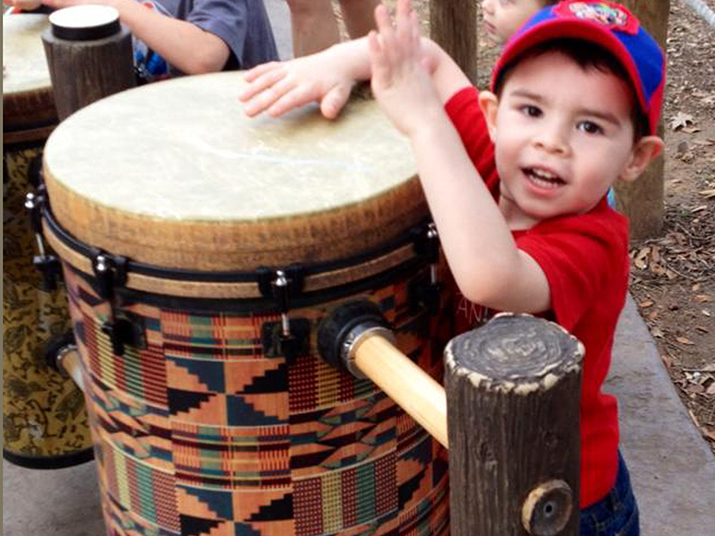- Sections :
- Crime & Public Safety
- Restaurants & Food
- Sports
- More
Categories
How to help dyslexic children
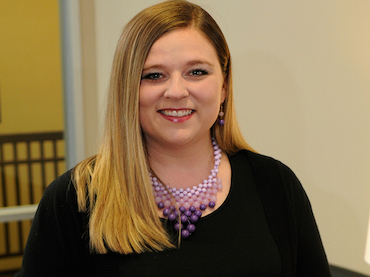
THE WOODLANDS, Texas - The Woodlands LearningRx wants parents to know the truth about dyslexia – so they can help children do their best in school.
The brain-training center is celebrating National Dyslexia Awareness Month in October by dispelling myths about the diagnosis.
Kim Bellini, owner and director of The Woodlands LearningRx, said there are a number of common misconceptions.
Myth #1: Dyslexia is about reversing letters. The most basic sign of dyslexia is not “reversed letters.” The word dyslexia actually means “poor with words or trouble reading.” Some common symptoms include:
Difficulty transferring what is heard to what is seen and vice versa.
Struggles pronouncing new words.
Poor at distinguishing similarities/differences in words (for example no and on).
Weak at letter sound discrimination.
Low reading comprehension.
Myth #2: Dyslexia is a lifelong label. Dyslexia doesn’t need to be a permanent diagnosis. The common root cause is one or more weak cognitive skills, the underlying tools that enable us to focus, think and process information. With dyslexia, the weakest cognitive skills are phonemic awareness and auditory processing. Other areas may suffer as well, but cognitive skills can be improved.
Myth #3: There’s nothing parents can do to help. Someone diagnosed with dyslexia needs intensive one-on-one attention. There are some things you can do at home to help your child improve phonemic awareness and auditory processing skills, including:
Sound segmenting games: Say a two-sound word, like bee and have the child tell you which sounds are in the word. Then start to increase to three-sound words like cat. This builds auditory segmenting which is necessary for spelling when children get older.
Phonetics using building blocks: Help develop analytical skills by using blocks to make up nonsense words starting with two to three blocks. Create a nonsense word, then have the child remove one block and add a new one while verbally trying to figure out what the new word sounds like.
Bellini said that scientists are still researching dyslexia to better understand the diagnosis.
For example, last year, neuroscience student Emily Finn and her colleagues at the Yale University School of Medicine conducted a whole-brain functional connectivity analysis of dyslexia using functional magnetic resonance imaging. The results were reported in Biological Psychiatry.
“Scans of children and adults with dyslexia were compared to typical readers in the same age groups – and there were widespread differences,” Bellini explained.
Dyslexic readers showed decreased connectivity within their visual pathway – as well as between visual and prefrontal regions. They also showed reduced connectivity in the visual word-form area.
Bellini said one way to start helping dyslexic children is by taking a cognitive assessment test at The Woodlands LearningRx in which the center can identify weak cognitive skills that may be affecting a student’s ability to learn.
Located in its new home at 10857 Kuykendahl Road, Suite 240 in The Woodlands, the center offers one-on-one brain-training programs for clients of all ages, including programs that enhance students’ ability to learn, read and succeed in a broad range of academic and work-related challenges, as well as programs for senior citizens who want to stay sharp and improve their quality of life.
To learn more about The Woodlands LearningRx, call (832) 482-3082 or visit learningrx.com/the-woodlands or woodlandsenespanol.com/directorios/perfil/learningrx-the-woodlands.
The Woodlands LearningRx dispels myths during National Dyslexia Awareness Month
The brain-training center is celebrating National Dyslexia Awareness Month in October by dispelling myths about the diagnosis.
Kim Bellini, owner and director of The Woodlands LearningRx, said there are a number of common misconceptions.
Myth #1: Dyslexia is about reversing letters. The most basic sign of dyslexia is not “reversed letters.” The word dyslexia actually means “poor with words or trouble reading.” Some common symptoms include:
Difficulty transferring what is heard to what is seen and vice versa.
Struggles pronouncing new words.
Poor at distinguishing similarities/differences in words (for example no and on).
Weak at letter sound discrimination.
Low reading comprehension.
Myth #2: Dyslexia is a lifelong label. Dyslexia doesn’t need to be a permanent diagnosis. The common root cause is one or more weak cognitive skills, the underlying tools that enable us to focus, think and process information. With dyslexia, the weakest cognitive skills are phonemic awareness and auditory processing. Other areas may suffer as well, but cognitive skills can be improved.
Myth #3: There’s nothing parents can do to help. Someone diagnosed with dyslexia needs intensive one-on-one attention. There are some things you can do at home to help your child improve phonemic awareness and auditory processing skills, including:
Sound segmenting games: Say a two-sound word, like bee and have the child tell you which sounds are in the word. Then start to increase to three-sound words like cat. This builds auditory segmenting which is necessary for spelling when children get older.
Phonetics using building blocks: Help develop analytical skills by using blocks to make up nonsense words starting with two to three blocks. Create a nonsense word, then have the child remove one block and add a new one while verbally trying to figure out what the new word sounds like.
Bellini said that scientists are still researching dyslexia to better understand the diagnosis.
For example, last year, neuroscience student Emily Finn and her colleagues at the Yale University School of Medicine conducted a whole-brain functional connectivity analysis of dyslexia using functional magnetic resonance imaging. The results were reported in Biological Psychiatry.
“Scans of children and adults with dyslexia were compared to typical readers in the same age groups – and there were widespread differences,” Bellini explained.
Dyslexic readers showed decreased connectivity within their visual pathway – as well as between visual and prefrontal regions. They also showed reduced connectivity in the visual word-form area.
Bellini said one way to start helping dyslexic children is by taking a cognitive assessment test at The Woodlands LearningRx in which the center can identify weak cognitive skills that may be affecting a student’s ability to learn.
Located in its new home at 10857 Kuykendahl Road, Suite 240 in The Woodlands, the center offers one-on-one brain-training programs for clients of all ages, including programs that enhance students’ ability to learn, read and succeed in a broad range of academic and work-related challenges, as well as programs for senior citizens who want to stay sharp and improve their quality of life.
To learn more about The Woodlands LearningRx, call (832) 482-3082 or visit learningrx.com/the-woodlands or woodlandsenespanol.com/directorios/perfil/learningrx-the-woodlands.
Comments •


